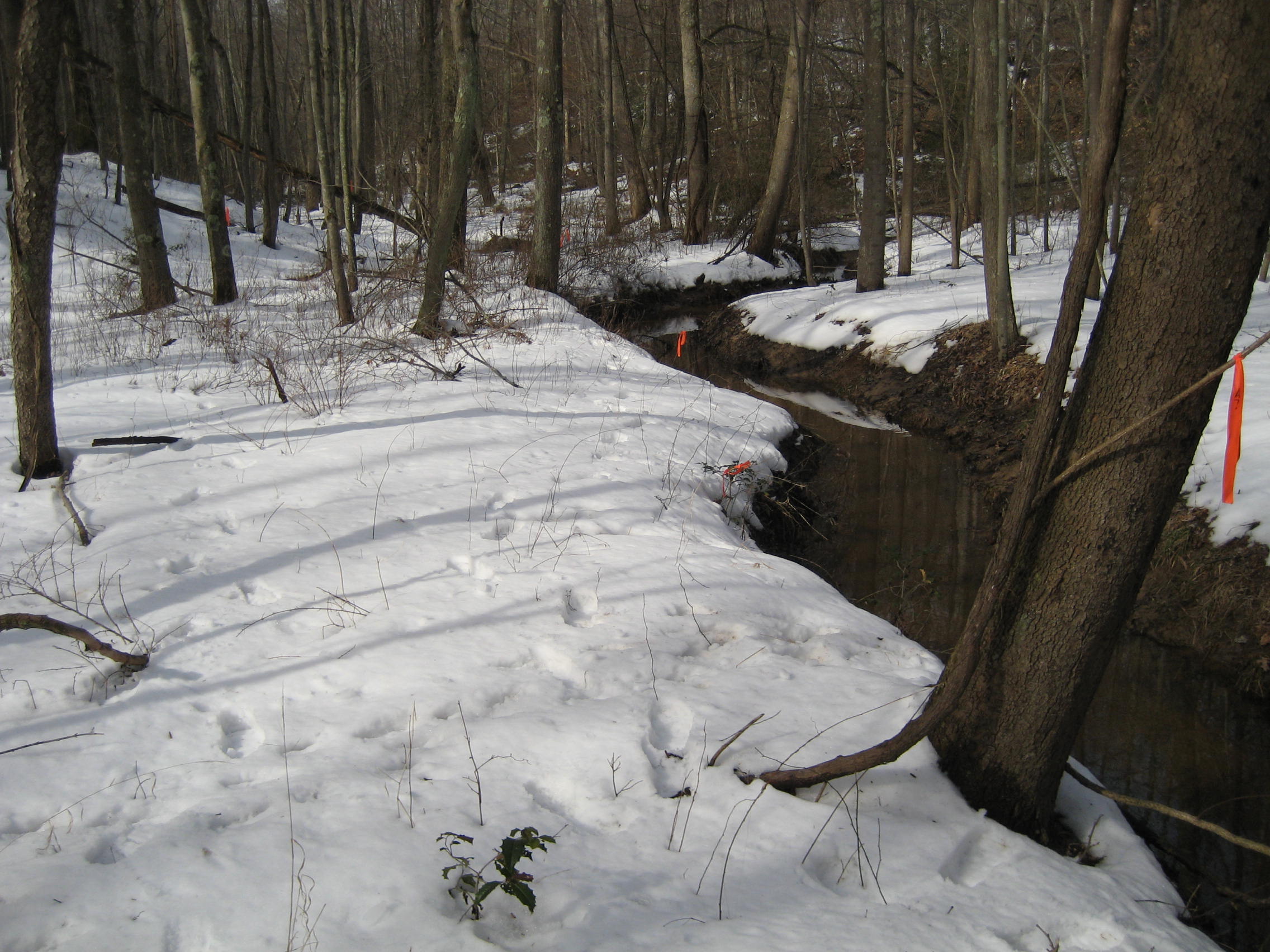Volume 27, Number 7 ● August 30, 2019
Get Your Instream Work Done - Use III Time of Year Restriction Approaching in Maryland
Jabez Branch - a Use III waterway in Anne Arundel County, Maryland
The Maryland instream work time-of-year restriction (TOYR) for Use III waterways – nontidal cold waters - is rapidly approaching (check your state wetland permit to identify the use classification of any streams on your site). Beginning October 1 and ending on April 30¹, this TOYR prohibits instream work such as road construction, utility line and stream diversion installation, and stream restoration activities.
During the restriction period, inspectors from the Maryland Department of the Environment visit job sites to verify that contractors are not working within streams, and will shut down work on projects that are in violation. Use III waterways are generally located in western Maryland, northern Montgomery County, Howard County, Carroll County, Baltimore County, and Cecil County.
You can avoid both costly schedule delays and violations by being aware of the use classification and associated TOYR for any streams on your project site – and by planning your instream work around the restriction period. Wetland Studies and Solutions can help you determine the use classification and TOYR for any streams in Maryland and can help you plan instream work around these restrictions. Please contact Mike Klebasko or Scott Petrey in our Maryland office for more information about Maryland instream TOYR.
¹ Code of Maryland Regulations 26.17.04.11.B.5: "Proposed projects that eliminate or significantly and adversely affect aquatic or terrestrial habitat and their related flora and fauna are not in the public interest. At a minimum, all in-stream construction shall be prohibited from October through April, inclusive, for natural trout waters and from March through May, inclusive, for recreational trout waters. In addition, the construction of proposed projects, which may adversely affect anadromous fish spawning areas, shall be prohibited from March 15 through June 15, inclusive. For projects when there is no reasonable alternative to the adverse effects on nontidal wetlands or other aquatic or terrestrial habitat, the applicant shall be required to provide measures to mitigate, replace, or minimize the loss of habitat."


